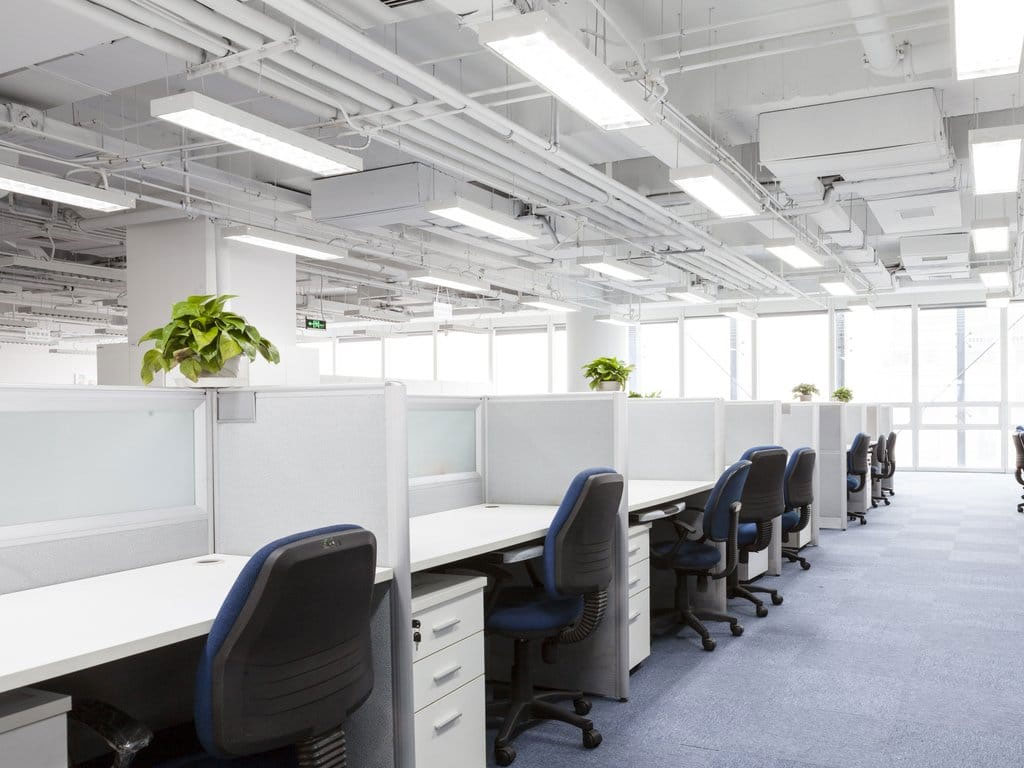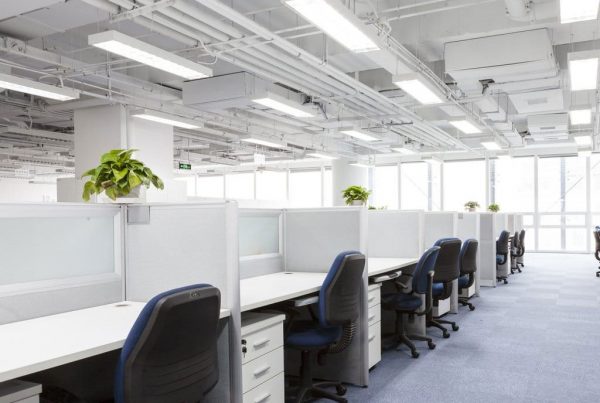The Most Recommended Office Lights
Office lighting system directly affects the employees’ mood, energy level, and productivity.
Dim lighting could make the employees feel exhausted and irritable. On the other hand, excessively bright lighting may strain their eyes — possibly inducing migraines — and will interfere with their body’s normal biological clock.
The ideal lighting for the environment enables employees to remain attentive, creative, energized, and mentally prepared to give 100 percent of their abilities. However, striking a balance between too dim and too bright can be challenging.
Staples performed an international poll in 2018 and found that one-third of workers would be happier at work if they had better lighting in the office. Overwhelmingly, 80% of employees responded that they valued adequate illumination in their workplaces. That is why design teams and office managers are focusing their efforts on finding the ideal office lighting.
We’ll cover all you need to know about office lighting in this article and assist you in selecting the appropriate form of illumination for any specific situation.
Choosing the best office lighting
It can be difficult to choose the best lighting for the office because there are so many light bulbs and fixtures in the market today. Using these pointers and principles, you may select office lighting that motivates, engages, and promotes good health for your employees.
LED or fluorescent?
As a more energy-efficient replacement for fluorescent lights, LEDs have gained popularity in recent years. LED lights are more expensive up front, but they’ll save business money in the long run if they’re installed in an office. Due to their longer lifespan and lack of infrared radiation, LEDs are more environmentally friendly than fluorescent lights.
LED lighting can also be advantageous to an employee’s health. Although it is dubious that fluorescent lights induce headaches, they may aggravate migraine symptoms in those who are predisposed to them. Since people frequently remain at work until sundown, fluorescent lights can also disrupt sleep patterns by suppressing melatonin production. On the other hand, you can adjust the brightness of LED lights to match the time of day and the season, making them a healthier choice for employees’ health.
Make use of natural light
This step is very dependent on the environment in which your team works. Older buildings may include expansive floor-to-ceiling windows that allow for ample natural light throughout the day. Newer buildings may have fewer windows in only a few strategic spots, making it impossible to offer adequate lighting for the entire staff. If the office space lacks windows, try installing office lighting that matches the color and warmth of nearby natural light.
Colour Temperature
The hue and temperature of office lighting should vary according to the space’s use. The appropriate amount of light and the health implications of various light spectrums and intensities are crucial. That is why this is an essential factor you should address in office design.
If possible, the warmth and color of the lighting should vary according to the time of day. Generally, warmer yellow or orange lights are more soothing, but cooler blue or white lights are better for working and concentrating. The light should be stronger and cooler in the morning to help employees in staying alert and focused. The lighting should gradually get warmer over the day, assisting employees in winding down.
Brightness
Similarly, brightness affects the mood and energy level of employees. The morning light is optimal for stimulating alertness, activity, and creativity, while the afternoon light is optimal for focused, stationary work. Modern LED office lights include a feature that allows you to manually or automatically adjust the brightness of the bulbs based on the time of day. They begin bright in the morning and progressively dim over the day.
Energy saving
LED, halogen incandescent, and compact fluorescent lamps are all examples of energy-efficient light bulbs worth using (CFLs). Another option to conserve energy is installing motion-activated lighting in locations visited regularly, such as bathrooms, basements, and supply closets. Using a timer to control lights can help you save money by ensuring that they are not left on while no one is there. Additionally, installing dimmers enables you to reduce the brightness of the lights when your work does not demand it.
Overall office lighting benefits
As you can see, selecting the appropriate workplace lighting is critical to your business’s success. However, this is not the only strategy to maximize the use of your office workspaces. These aspects — furniture, design, color scheme, seating options, and even traffic flow — affect how well you and your employees perform in the environment you choose. Create workspaces with the happiness and productivity of your employees in mind.




